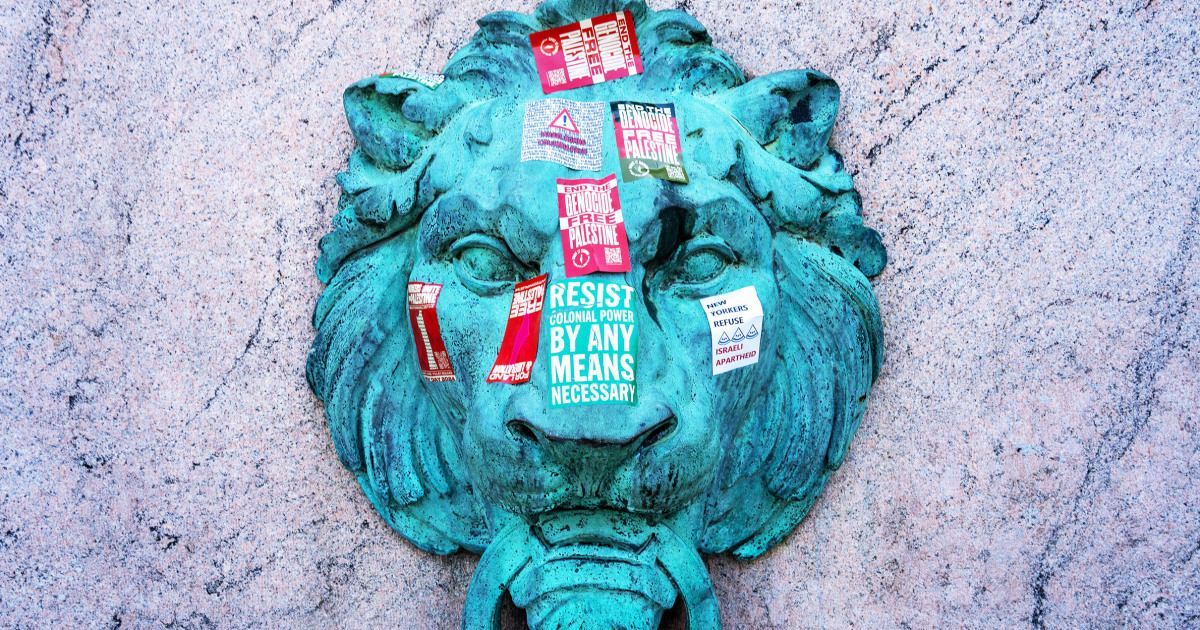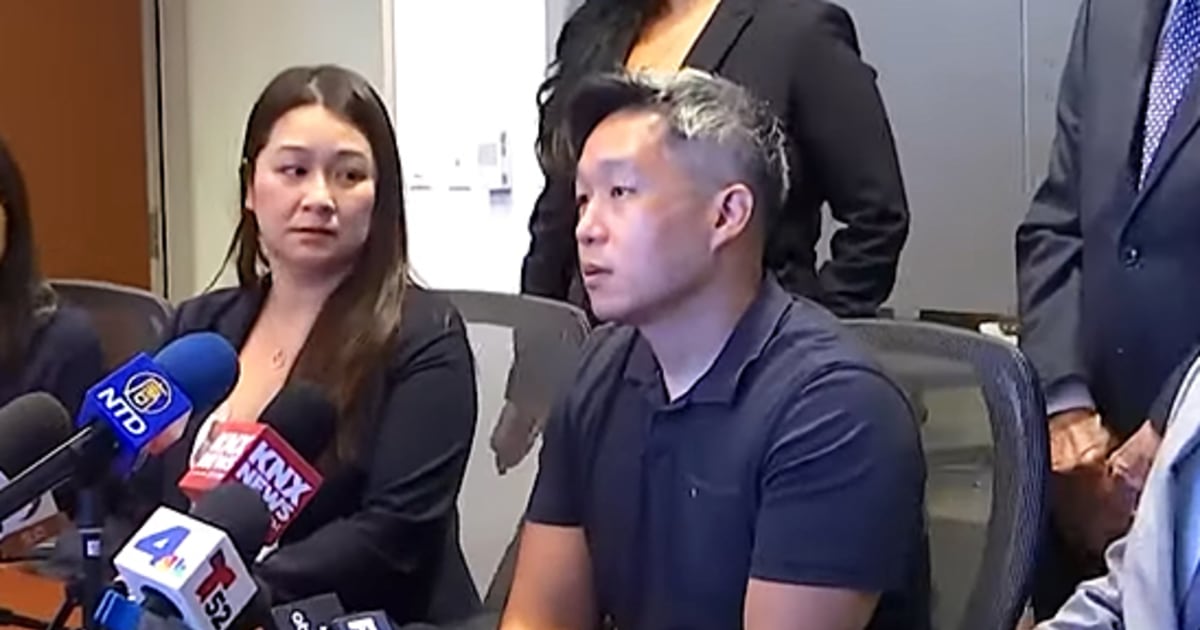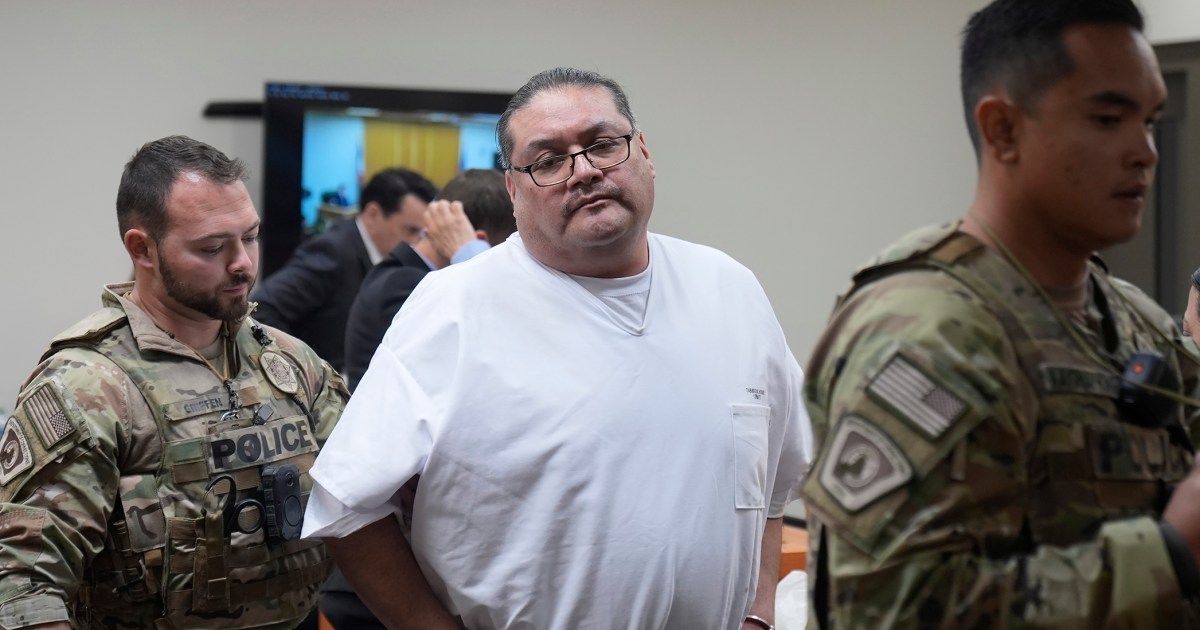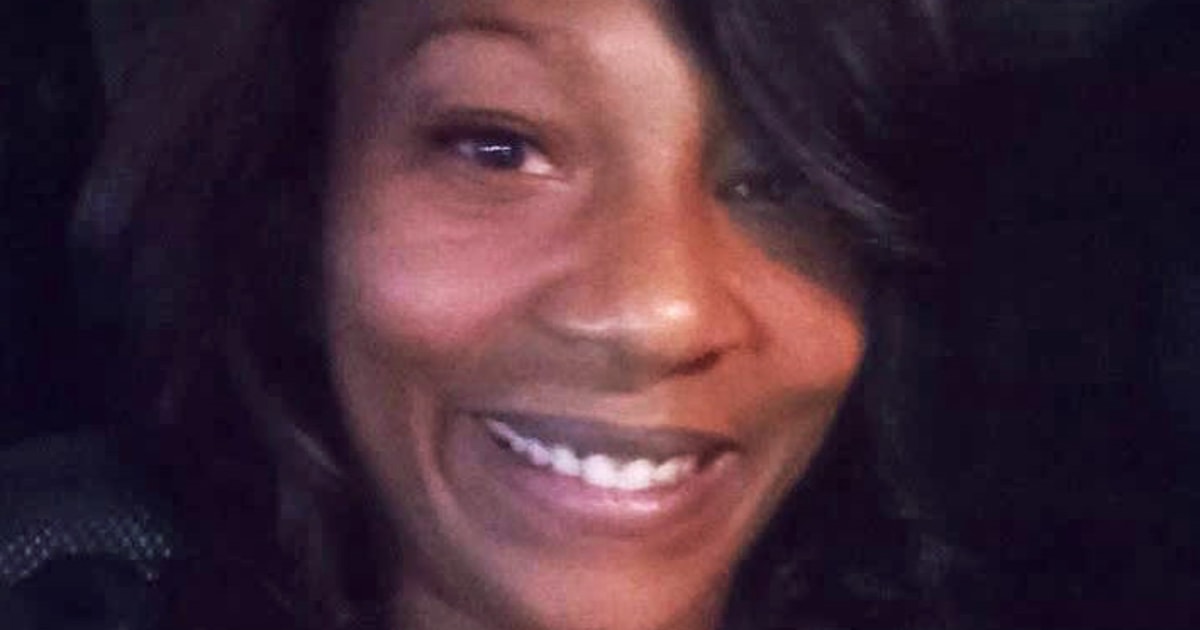
Pro-Palestinian protesters at Columbia University yelled “disclose, divest, we will not stop” as they broke into Hamilton Hall earlier this week, demanding the school drop any investments in companies doing business in Israel.
But shedding those stakes first requires identifying them, and even that step — disclosure — can get tricky fast, higher education finance experts say. Many large university endowments are murkily set up with thousands of individual funds that have their own rules on how they’re invested, few requirements to share their investments publicly, and third-party managers whose oversight of day-to-day trading can limit campus officials’ knowledge of their own schools’ portfolios.
“I think a lot of people believe an endowment is a piggy bank, and it’s not,” said Bill Guerrero, chief financial officer at the University of Bridgeport, a private university in Connecticut.
School endowments are typically composed of many smaller funds, each of which can have their own investment policies, said Scott Malpass, who served for over three decades as the chief investment officer at the University of Notre Dame, a private Catholic institution outside of South Bend, Indiana, with nearly 9,000 students. During his tenure, which concluded with his 2020 retirement, the market value of the school’s endowment pool — a collection of several thousand distinct funds — grew from over $450 million in 1988 to more than $13.8 billion by the end of fiscal year 2019.
“The big endowments have tried to improve on that in the last 20 to 30 years,” Malpass said of investment transparency, suggesting there may be room in some cases to go further.
The University of Bridgeport, with nearly $42 million in assets and fewer than 2,000 students, has individual fund agreements numbering in the hundreds, said Guerrero, in which donors can specify how they’d like their contributions invested. A given fund might, for example, be earmarked solely for environmentally friendly investments.
What’s more, many of these agreed-upon rules of investment are confidential, Guerrero said: “It’s very, very restrictive.”
Student demonstrators have seized on this opacity as part of their broader divestment push.
“It has been impossible to get Columbia to fully disclose their entire investment portfolio despite efforts from not just student organizers, but concerned faculty,” the Columbia Students for Justice in Palestine said in an Instagram post last week. “They have refused transparency for far too long.”
The university has rejected calls to divest from Israel and instead offered to “publish a process for students to access a list of Columbia’s direct investment holdings, and to increase the frequency of updates to that list of holdings.”
But direct investments rarely reflect the full scope of an institution’s portfolio. Many resemble a series of matryoshka dolls, in which some component funds that may not directly hold certain Israeli stocks could still have indirect ties to the country, for instance through mutual funds and exchange-traded funds that themselves may have exposure to Israel.
What’s more, universities tend to be mum about which asset management firms they hire to handle their investments — both direct and indirect ones. The Knight Foundation reached out to 50 U.S. colleges with some of the largest endowments last year, asking them to share details about the share of their funds managed by firms with diverse leadership. Only 18 participated fully, and eight others opted to self-report more limited data.
“Even as public-facing institutions, universities historically are not transparent about their financial affairs,” the researchers concluded.
“There’s no incentive” for institutions to share more details about their investments, Malpass acknowledged. Many institutions worry that publicizing too much information could allow others to copy their investment strategies or scare away asset managers that prefer keeping their client lists private.
By law, nonprofits like university endowments are required to report some information annually on the Internal Revenue Service’s Form 990. The document outlines the broad mix of assets (i.e., stocks versus bonds) that an endowment has invested in, but it doesn’t require granular detail on specific companies or industries those investments are focused on.
Many school endowment officers also publish their own annual reports to help students, faculty, alumni and donors understand how money has flown in and out of their portfolios over a given year. But these reports are optional, leaving it mostly up to university administrators to decide how much additional information to publicize.
Institutions with assets exceeding $100 million are also required to report holdings every three months through 13F filings, which are mandated by the federal Securities and Exchange Commission. But those snapshots aren’t comprehensive; for example, Columbia University’s endowment reported $13.6 billion in assets in June of last year, but 13F filings detailed only $68 million of those holdings, which include stakes in various therapeutics companies as well as Warren Buffett’s Berkshire Hathaway. With just 0.5% of the portfolio covered by 13F filings, the remaining 99.5% is outlined only in much broader strokes on the school’s Form 990.
In a statement to NBC News, Columbia University spokesperson Robert Hornsby said “we don’t share direct holdings beyond what is filed publicly, and nor do we disclose investment manager information.”
The complexity of endowment funds hasn’t stopped universities from making divestments in the past. Three years ago, several large schools agreed to reduce ties with the fossil fuel industry following students’ climate change protests. An investment policy guiding Columbia’s endowment now lists fossil fuels, thermal coal, private prison operators and tobacco as restricted industries.
Malpass, who restricted some exposure to drillers and oil exploration companies during his time at Notre Dame, said divesting stock holdings “isn’t challenging at all.” Many could be sold in a day, he said, though private investments could take longer to exit.
Some argue that even a widespread divestment push across American higher education, which seems unlikely, would have little impact on the war in Gaza.
“Corporate decisions are going to make a much bigger statement than divestment from a university endowment ever would,” said Chris Marsicano, the director of the College Crisis Initiative at Davidson College, a small liberal arts school in North Carolina.
Others have warned that selling shares of Israeli firms at a cheap price could benefit investors who support the country, noting that boycotts of goods tend to exert greater pressure than boycotts of stocks. There’s also the risk that pro-Palestinian divestment efforts could trigger an exodus of deep-pocketed university donors with countervailing sympathies.
Even so, Marsicano noted that pro-Palestinian campus protests are getting the attention of the Israeli government, with Prime Minister Benjamin Netanyahu denouncing them in an address last week.












